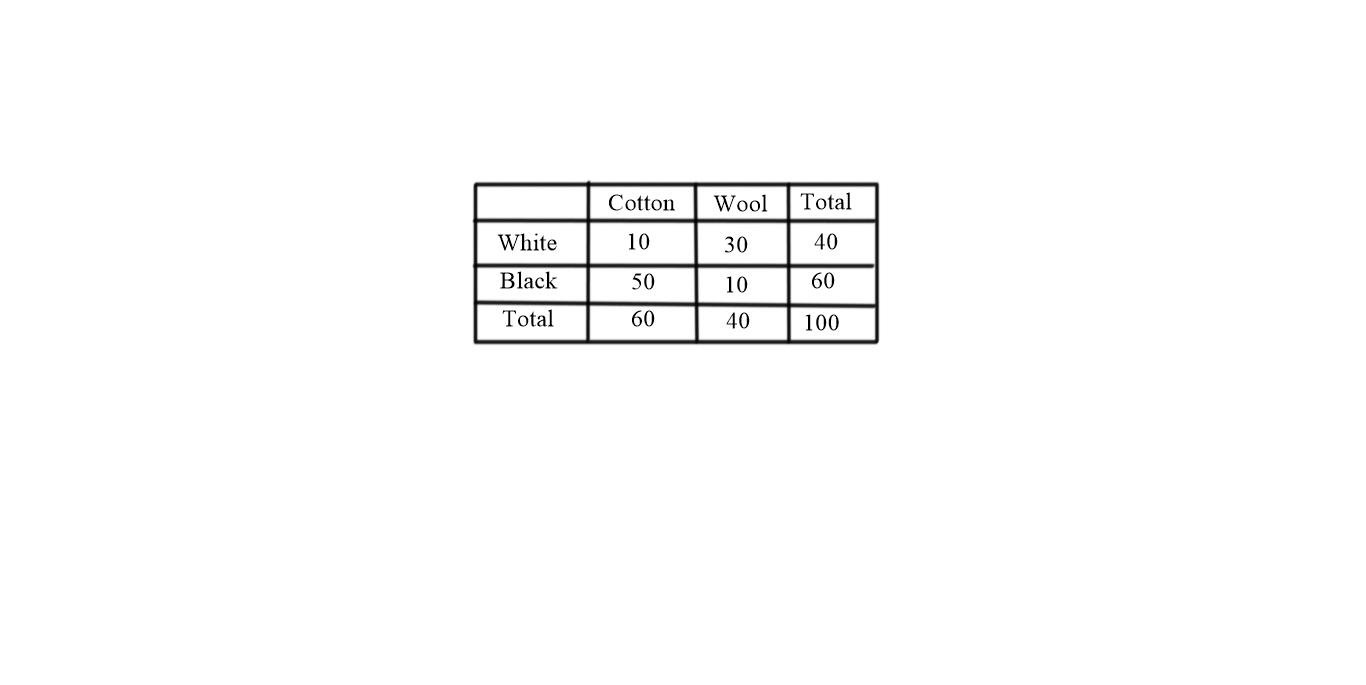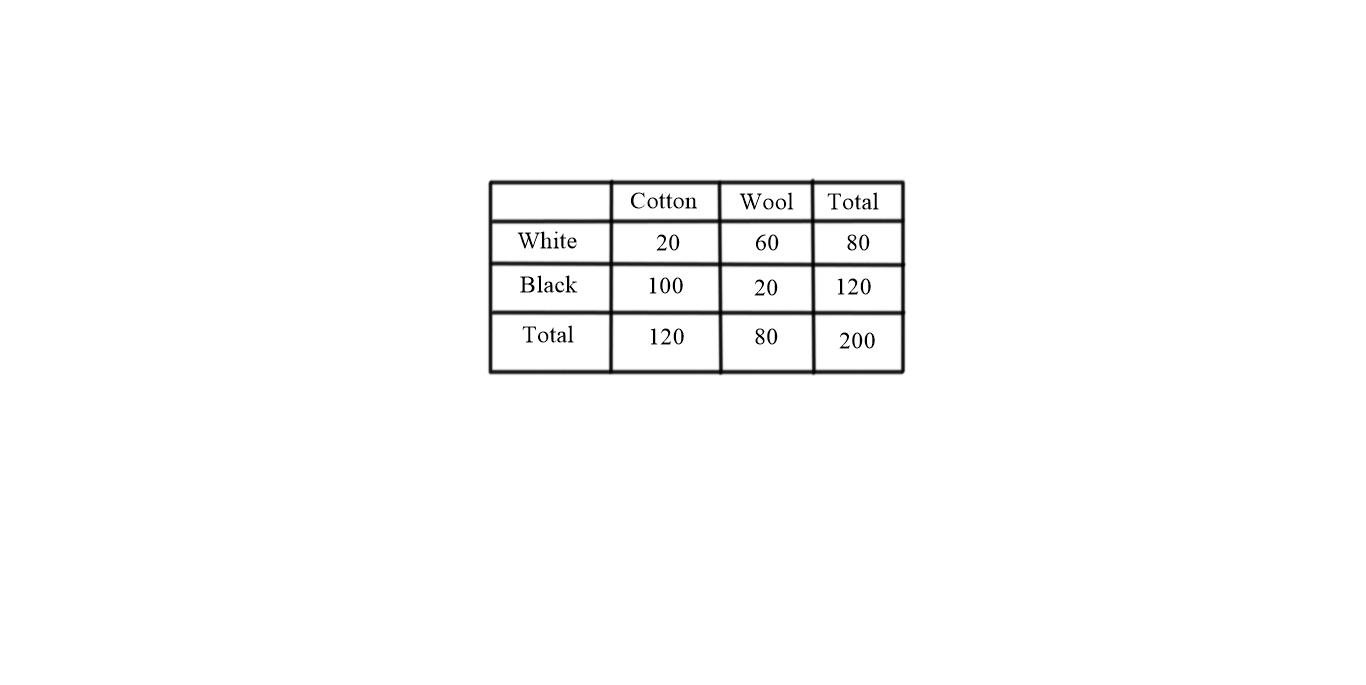Events & Promotions
|
|

GMAT Club Daily Prep
Thank you for using the timer - this advanced tool can estimate your performance and suggest more practice questions. We have subscribed you to Daily Prep Questions via email.
Customized
for You
Track
Your Progress
Practice
Pays
Not interested in getting valuable practice questions and articles delivered to your email? No problem, unsubscribe here.
- Nov 20
07:30 AM PST
-08:30 AM PST
Learn what truly sets the UC Riverside MBA apart and how it helps in your professional growth - Nov 22
11:00 AM IST
-01:00 PM IST
Do RC/MSR passages scare you? e-GMAT is conducting a masterclass to help you learn – Learn effective reading strategies Tackle difficult RC & MSR with confidence Excel in timed test environment - Nov 23
11:00 AM IST
-01:00 PM IST
Attend this free GMAT Algebra Webinar and learn how to master the most challenging Inequalities and Absolute Value problems with ease. - Nov 25
10:00 AM EST
-11:00 AM EST
Prefer video-based learning? The Target Test Prep OnDemand course is a one-of-a-kind video masterclass featuring 400 hours of lecture-style teaching by Scott Woodbury-Stewart, founder of Target Test Prep and one of the most accomplished GMAT instructors.
Kudos
Bookmarks
A
Be sure to select an answer first to save it in the Error Log before revealing the correct answer (OA)!
Difficulty:
 55%
(hard)
55%
(hard)
Question Stats:
69% (02:37) correct 31%
(02:49)
wrong
31%
(02:49)
wrong  based on 416
sessions
based on 416
sessions
History
Date
Time
Result
Not Attempted Yet
In a shop, 40% socks are white and rest are black. 60% socks are made of cotton and rest are made of wool. 25% white socks are made of cotton and 20 of the black socks are made of wool. How many black socks are made of cotton?
(A) 100
(B) 80
(C) 60
(D) 50
(E) 25
Are You Up For the Challenge: 700 Level Questions
(A) 100
(B) 80
(C) 60
(D) 50
(E) 25
Are You Up For the Challenge: 700 Level Questions
Kudos
Bookmarks
When I first looked at this question, the first thing that popped up in my brain was that there was a clear distinction between black and white, cotton and wool; this is to say that what is black cannot be white and vice versa, what is cotton cannot be wool and vice versa. This is ample evidence to say that we are dealing with a set of mutually exclusive objects. And in all such cases, we can draw up a table, fill it up and obtain our answer from it.
Since the values are given in terms of a percentage, I’d take 100 as the total number of socks. Applying the percentages given in the question and filling up the table, we get a table

29th Nov 2019 - Reply 2 - 1.jpg [ 27.86 KiB | Viewed 14014 times ]
The question says that 20 of the black socks are made of wool. But, the table shows it as 10. This means that we will have to multiply this cell, and therefore all the other cells also, by 2. When we do that, we get a table like the one below:

29th Nov 2019 - Reply 2 - 2.jpg [ 28.75 KiB | Viewed 13891 times ]
This means that there were a total of 200 socks of which 120 are cotton socks. Of these, from the table, we see that there are 100 cotton socks which are black.
The correct answer option is A.
Hope that helps!
Since the values are given in terms of a percentage, I’d take 100 as the total number of socks. Applying the percentages given in the question and filling up the table, we get a table
Attachment:
29th Nov 2019 - Reply 2 - 1.jpg [ 27.86 KiB | Viewed 14014 times ]
The question says that 20 of the black socks are made of wool. But, the table shows it as 10. This means that we will have to multiply this cell, and therefore all the other cells also, by 2. When we do that, we get a table like the one below:
Attachment:
29th Nov 2019 - Reply 2 - 2.jpg [ 28.75 KiB | Viewed 13891 times ]
This means that there were a total of 200 socks of which 120 are cotton socks. Of these, from the table, we see that there are 100 cotton socks which are black.
The correct answer option is A.
Hope that helps!
General Discussion
Let the total number of socks be 20x.
The number of White socks is 8x of which 2x is Cotton and 6x is Wool.
The number of Black socks is 12x of which 20 is Wool and (12x-20) is Cotton.
So the total number of Wool socks is 6x+20 which is equal to 8x (40% of the total number of socks 20x)
6x+20=8x....> x=10
The number of Black Cotton socks is 12x-20=12*10-20=100. ANS: A
The number of White socks is 8x of which 2x is Cotton and 6x is Wool.
The number of Black socks is 12x of which 20 is Wool and (12x-20) is Cotton.
So the total number of Wool socks is 6x+20 which is equal to 8x (40% of the total number of socks 20x)
6x+20=8x....> x=10
The number of Black Cotton socks is 12x-20=12*10-20=100. ANS: A












